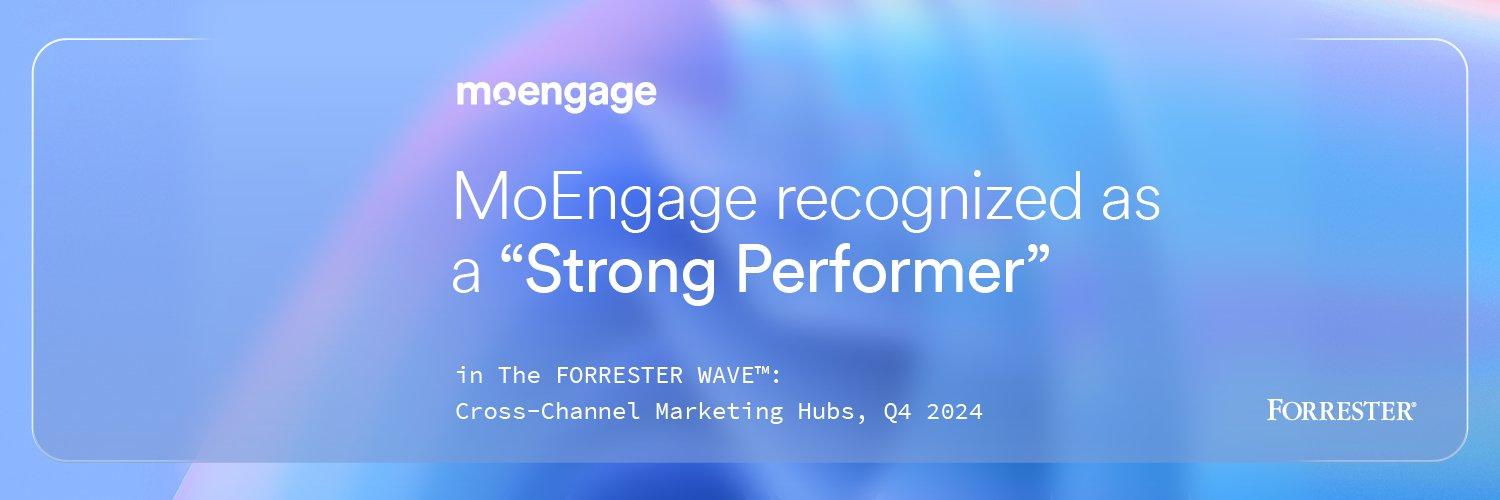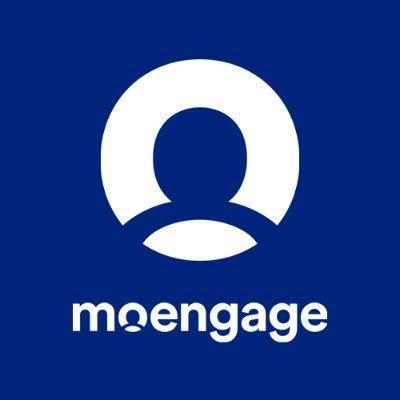


MoEngage is an insights-led customer engagement platform, built for the customer-obsessed marketers and product owners.
201 χρήστες τους αρέσει
0 Δημοσιεύσεις
0 τις φωτογραφίες μου
0 Videos



